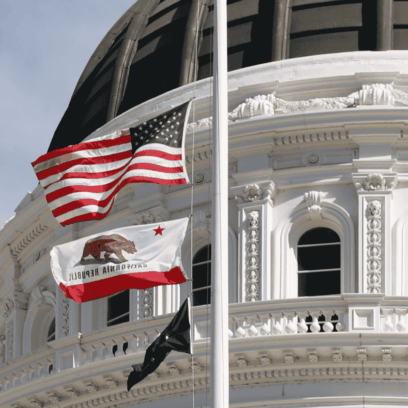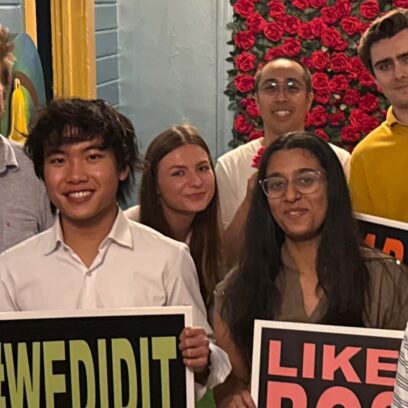Convenient Fantasies About Plastic
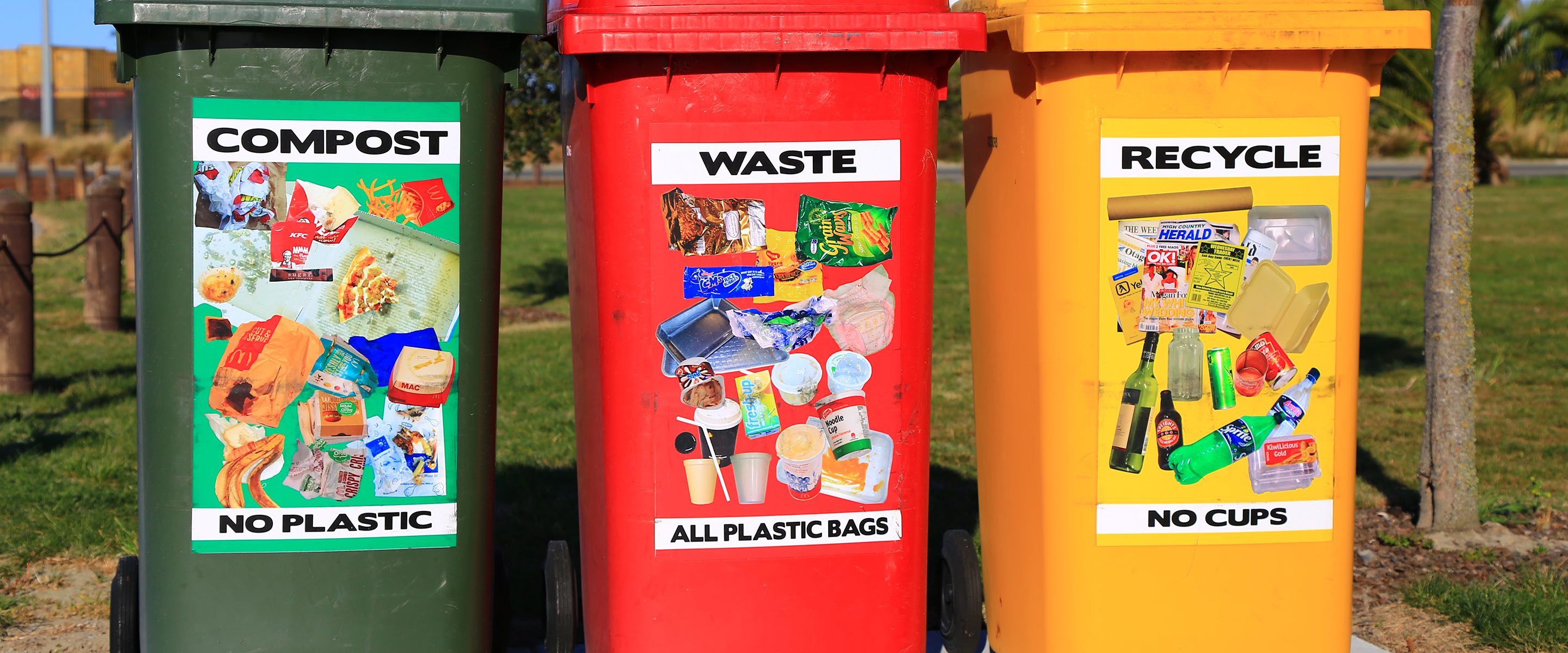
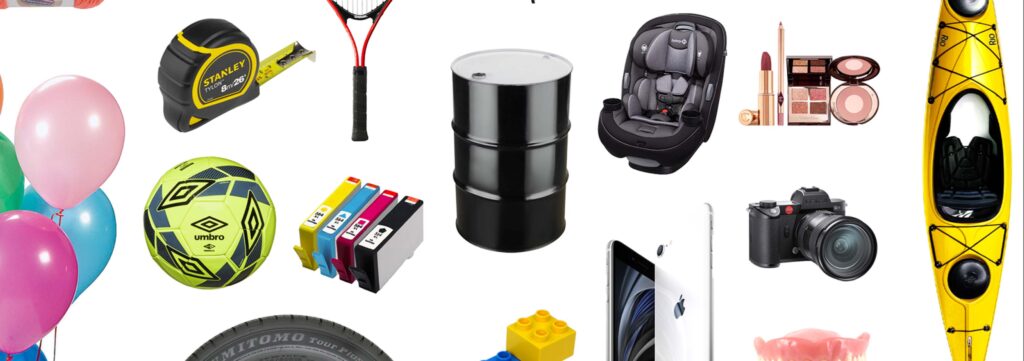
From Awareness to Action: How Brands Can Meet Consumer Demand for Plastic Reduction
Watch this webinar for a discussion centered around helping brands understand the plastic waste problem from the ground up, including what can be done to account for and reduce, or offset, plastic waste in business operations.
Three plastic waste myths and how one company is successfully managing its plastic waste.
Global plastic production and usage have surged dramatically in recent decades, quadrupling over the past forty years. Projections suggest that they will nearly triple from 2019 levels by 2060. In our previous post, we explored the double-edged sword of plastic use: the convenience it offers and the mountains of waste it leaves behind. We touched on the staggering fact that an estimated 8 million metric tons of plastic find their way into our oceans every year. That’s the equivalent of a garbage truck dumping its load into the ocean every minute. This plastic, designed to resist natural degradation, can linger in the environment for hundreds to thousands of years, wreaking havoc on marine life and sneaking its way into our food chain.
Despite our best recycling efforts, the majority of plastic ends up in landfills or scattered across the environment. The production and disposal of plastic also contribute to greenhouse gas (GHG) emissions, adding another layer to the climate change crisis. If we continue on this trajectory, by 2050, the cumulative GHG emissions from the entire lifecycle of plastics, from production to incineration, could account for 10–13% of the global annual carbon budget.
In this follow-up post, we’re going to pull back the curtain on three common myths about the plastic waste problem and then look at how Dr. Bronner’s successfully manages their plastic footprint.
The Plastic Paradox: Benefits vs. Waste
Before we continue, it’s important to note: plastic isn’t all bad. Plastic has undeniably revolutionized our lives, from medical innovations that save lives to food packaging that reduces spoilage and waste. But the other side of this coin is a world choking on plastic waste. The environmental and health impacts of plastic pollution, from harming marine life to the leaching of toxic chemicals, are severe and far-reaching. It’s a paradox that we must untangle.
How Businesses & Consumers Contribute to Plastic Pollution
Businesses, especially those in the manufacturing and retail sectors, play a significant role in plastic pollution. The convenience, durability, and cost-effectiveness of plastic have led to its widespread use in packaging and single-use items. For instance, 160,000 plastic bags are used globally every second, and 5 trillion plastic bags are produced yearly. An average family will use 60 plastic bags on four visits to the supermarket.
In the food and beverage industry, single-use plastic items like straws, cutlery, and takeaway containers are commonly used, contributing to the plastic waste problem. In the healthcare sector, plastic is used extensively in medical equipment and packaging, adding to the plastic waste stream.
However, the environmental cost of this convenience is staggering. From the energy-intensive production processes that contribute to climate change, to the disposal of plastic waste that overwhelms our landfills and pollutes our oceans, the lifecycle of a plastic product is fraught with environmental challenges.
“Global plastic production and use have surged dramatically in recent decades, quadrupling over the past forty years. Projections suggest that they will nearly triple from 2019 levels by 2060.”
Nicole Sullivan, former Director of Climate Services at CarbonBetter

FW Sustainability Report
Learn more about how Fierce Whiskers has made sustainable choices every step of the way by downloading its full sustainability report.
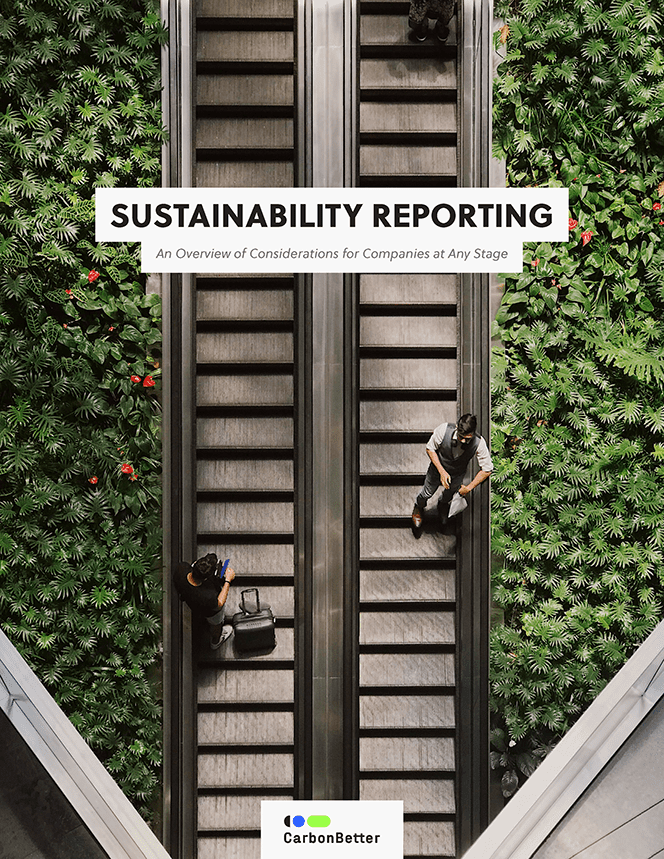
SUSTAINABILITY REPORTING OVERVIEW
Sustainability reporting serves as a valuable tool to achieve corporate commitments and better manage climate-related business risks. This white paper walks you through what's typically included and what should be considered.
Convenient Fantasies About Plastic
Fantasy 1: All recyclables get recycled.
The reality is that only a small fraction of plastic waste gets recycled. In fact, only 8.7 percent of plastic waste was recycled in 2018, and only 1 to 3% of plastic bags are recycled worldwide. The rest ends up in landfills, incinerators, or the natural environment. The recycling loop chart above paints a sobering picture of the state of plastic recycling, revealing the gap between our recycling aspirations and the reality. For material recovery facilities (MRFs) to take recycled plastic of various types, there must be demand for the recycled material. Just because your yogurt container has a recycling logo on it does not mean it’s accepted at your local MRF. Brands incorporating post-consumer recycled (PCR) materials into their products and packaging can create increased demand for MRFs to handle certain plastics.
Fantasy 2: Biodegradable plastics are harmless and degrade quickly.
In truth, most biodegradable plastics require specific conditions to decompose, such as industrial composting facilities, which are not widely available. Even then, they can still take years to break down, during which they can still cause harm to wildlife. Plastic will only start degrading after 700 years and will only fully degrade in 1,000+ years. This means that all the plastic that has ever been produced has not degraded yet.
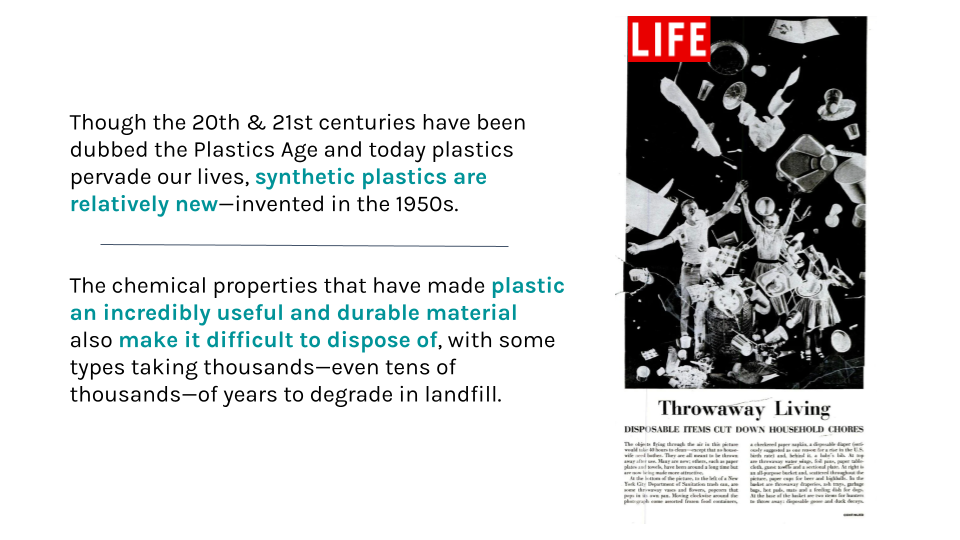
A slide from our recent webinar, "From Awareness to Action: How Brands Can Meet Consumer Demand for Plastic Reduction," highlights the relaxed attitude surrounding plastic waste in the last century.
Fantasy 3: "Responsibly sourced" and similar labels are regulated and trustworthy.
Unfortunately, these labels often lack rigorous standards and oversight, leading to greenwashing. Consumers and businesses alike are misled into believing they are making environmentally friendly choices, when in fact, they may be contributing to the problem. In some cases, consumers are paying extra for questionable environmental benefits.
Dr. Bronner's: A Case Study in Plastic Waste Management
Dr. Bronner's, a well-known soap company, exemplifies a business actively addressing the plastic waste issue. They acknowledge the concern about their plastic packaging and are committed to making their packaging more sustainable. Their multi-pronged approach aims to minimize the ecological and social impacts of their packaging, support circularity and reuse, and ultimately find alternatives to plastic.
Post-Consumer Recycled and Recyclable Plastic
Dr. Bronner's is a pioneer in using PCR plastic. They were the first American company to package liquid soaps in 100% PCR plastic bottles. This practice reduces the energy required to produce new plastic and builds market demand for recycled plastic, making plastic collection and recycling more economically viable.
Reusing and Refilling: Pilots on the Path to Circularity
Dr. Bronner's encourages customers to buy their soaps in bulk and refill smaller containers, reducing single-use plastic use. They have also partnered with start-ups like Wonderfil to launch circular refill service stations, where reusable plastic cartridges of bulk liquid products are refilled and reused, reducing plastic waste.
Exploring Plastic Neutrality and Reducing Global Plastic Pollution
Dr. Bronner's is exploring the concept of "plastic neutrality" by paying to recover plastic from the environment, equivalent to the amount they produce through their packaging. They have started a pilot project in Ghana, collecting plastic waste from the streets and waterways and creating new fair trade jobs. Plastic offsetting can be a tool to invest in plastic recovery while also working towards directly reducing reliance on virgin plastic materials.
Dr. Bronner's efforts show that while the journey toward sustainable practices is complex, it is possible to take action while still meeting quality standards and other packaging requirements that go beyond environmental performance. Their commitment to reducing their plastic footprint and innovating better packaging solutions is an inspiring example for other businesses.
Conclusion
The plastic waste crisis is a complex issue that requires collective action. It's time to move beyond convenient fantasies and take concrete steps toward improving the plastic waste problem. We are committed to helping businesses navigate their sustainability journey, including support with waste footprinting and plastic offsetting. We will meet you wherever you are in the process. Our team of experts will work with you to develop a customized plan that aligns with your business goals and sustainability objectives. Contact us today today to get started.
Transitioning to PCR plastic requires a strategic approach. First, assess your current plastic usage and identify areas where PCR could be integrated. Then, source suppliers who can provide the necessary quality and quantity of PCR. It's also important to communicate this change to your customers, as this can enhance your brand's reputation for sustainability. Contact us for guidance.
Achieving plastic neutrality can be challenging due to factors such as the availability and cost of plastic recovery programs, the technical feasibility of reducing or offsetting your plastic output, and the need to maintain product quality and safety. It's important to develop a comprehensive strategy that addresses these challenges and to consider partnering with environmental organizations or consultancies for guidance.
Effective customer engagement is key. This can be achieved through education about the environmental benefits of bulk buying and refilling, offering incentives for participation, and ensuring the process is convenient and user-friendly. Regular communication about the impact of these programs can also help to maintain customer participation.
To ensure the credibility of your "responsibly sourced" labels, it's important to have clear, rigorous standards for what this means in your business. This could involve third-party certification, transparent reporting of your sourcing practices, and regular audits. It's also crucial to communicate this process to your customers to build trust.
Beyond recycling and reducing plastic use, businesses can explore solutions such as developing or investing in biodegradable or compostable plastics, participating in circular economy initiatives, and using technologies like chemical recycling. Collaborating with other businesses, researchers, and policymakers can also help to drive innovation in this area.
